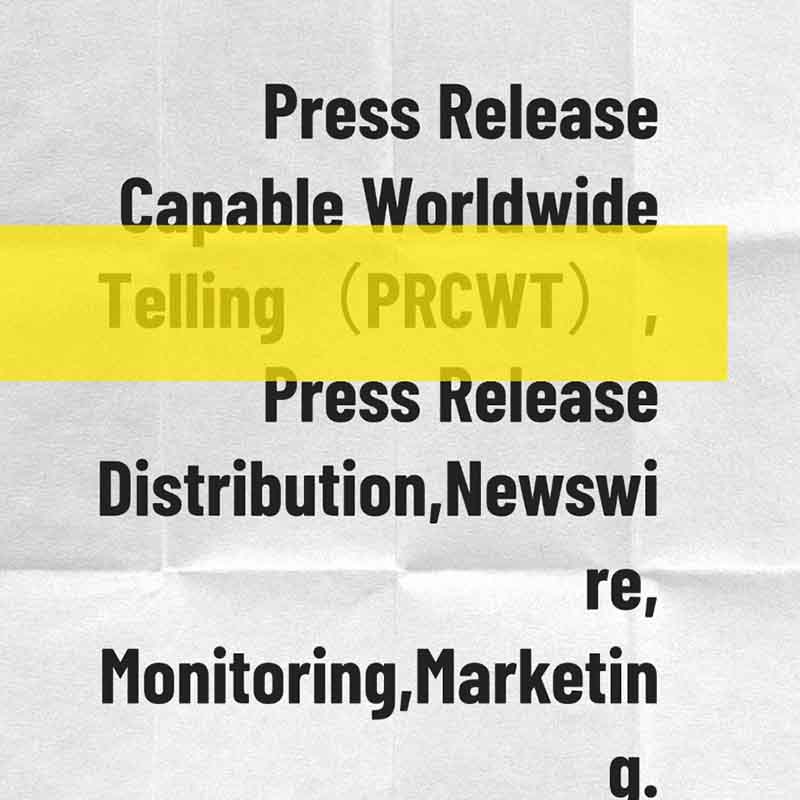In today's rapidly evolving digital landscape, brands are constantly seeking new ways to connect with their audiences and build meaningful relationships. One of the most effective tools in a brand's marketing arsenal is content marketing. By creating valuable, relevant, and engaging content, brands can attract and retain customers, increase brand awareness, and drive sales.
According to a recent study by HubSpot, 81% of marketers say that creating content is their top priority. This is because content marketing has been proven to be an effective way to reach and engage with customers. In fact, 70% of consumers say that they are more likely to do business with a brand that provides them with valuable content.
Another important aspect of brand communication in the digital age is social media. Social media platforms provide brands with a direct line of communication to their customers, allowing them to build relationships, share content, and promote their products and services. According to a recent study by eMarketer, the global social media audience is expected to reach 3.96 billion by 2021. This presents a huge opportunity for brands to connect with their customers and build brand loyalty.
In addition to content marketing and social media, brands are also using other digital channels to communicate with their audiences. For example, email marketing, search engine optimization (SEO), and pay-per-click (PPC) advertising are all popular digital marketing strategies. These channels allow brands to reach a wider audience, drive traffic to their websites, and increase conversions.

However, with the increasing competition in the digital space, brands need to be strategic in their approach to brand communication. They need to understand their target audience, create content that resonates with them, and use the right digital channels to reach them. They also need to measure and analyze their results to continuously optimize their strategies and improve their performance.
One of the most effective ways for brands to communicate with their audiences in the digital age is through the use of video. Video content is highly engaging and can be shared easily on social media platforms. According to a recent study by Cisco, video will account for 82% of all consumer internet traffic by 2022. This presents a huge opportunity for brands to create engaging video content and reach a wider audience.
Another important aspect of brand communication in the digital age is personalization. Consumers today expect a personalized experience from the brands they interact with. By using data and analytics, brands can create personalized content and offers for their customers, increasing the likelihood of conversion and customer loyalty.

In conclusion, brand communication in the digital age is more important than ever. Brands need to be strategic in their approach, use the right digital channels, and create engaging content that resonates with their audiences. By doing so, they can build meaningful relationships, increase brand awareness, and drive sales.